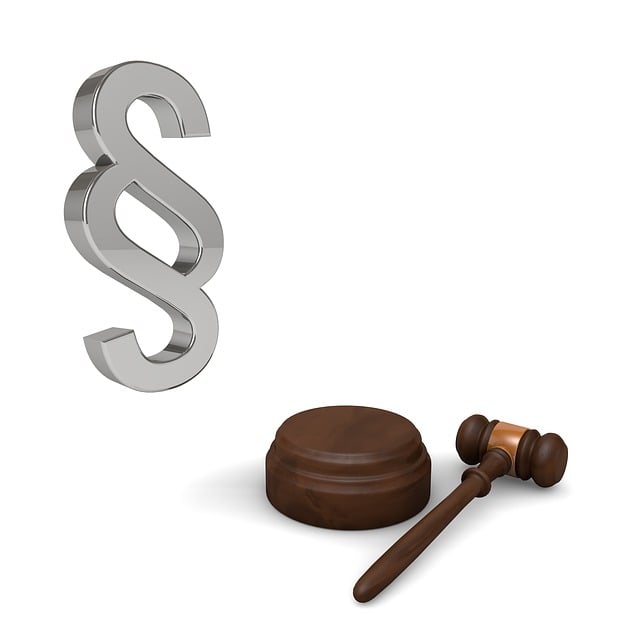Navigating Environmental Regulations Litigation in the RF Securities industry requires a strategic approach. Firms must understand key regulations, like SEC enforcement and the EPA, through meticulous attention to detail, legislative updates, ethical conduct, and robust risk management. Implementing internal controls, employee training, thorough documentation, and transparent records helps prevent violations and enhances defense outcomes in complex cases involving white-collar and economic crimes with an environmental element. Adopting best practices cultivates a culture of accountability, safeguarding the firm within a stringent regulatory environment.
“The RF Securities industry, a cornerstone of global finance, operates under stringent regulations designed to ensure fairness, transparency, and stability. This article provides a comprehensive guide to understanding these regulations, with a specific focus on environmental considerations in litigation.
We’ll explore ‘How to Navigate Environmental Regulations in Litigation’, delving into key aspects such as best practices for compliance, risk mitigation strategies, and practical insights for legal professionals tackling these complex issues.”
- Understanding RF Securities Industry Regulation: A Comprehensive Overview
- Navigating Environmental Regulations: Key Considerations for Litigation
- Best Practices for Compliance and Risk Mitigation in RF Securities Litigation
Understanding RF Securities Industry Regulation: A Comprehensive Overview

The RF Securities Industry is subject to intricate and evolving regulations designed to protect investors, ensure fair practices, and maintain market stability. Understanding this landscape is paramount for firms aiming to navigate Environmental Regulations Litigation effectively. Key regulations, such as those enforced by regulatory bodies like the SEC (Securities and Exchange Commission), govern disclosure requirements, internal controls, and compliance with environmental laws.
Mastering these regulations involves meticulous attention to detail, staying abreast of legislative changes, and cultivating a culture of ethical conduct. Firms that successfully comprehend this framework can not only avoid legal pitfalls but also position themselves for achieving extraordinary results, including winning challenging defense verdicts. An unprecedented track record in Environmental Regulations Litigation reflects effective navigation of this complex terrain, where adherence to rules and proactive risk management are the cornerstones of success.
Navigating Environmental Regulations: Key Considerations for Litigation

Navigating Environmental Regulations in litigation requires a thorough understanding of the complex legal landscape. As companies face increasing scrutiny for their environmental impact, regulatory compliance has become a critical aspect of risk management. For those involved in the securities industry, it’s essential to grasp how environmental laws apply to their operations, especially when facing lawsuits related to alleged violations. One key strategy is to implement robust internal controls and procedures to ensure adherence to regulations such as the Environmental Protection Act (EPA). Regular training for employees on environmental compliance can significantly reduce the risk of non-compliance, which is a common ground for challenging defense verdicts in court.
Moreover, when facing litigation related to white collar and economic crimes with an environmental component, a proactive approach is beneficial. This includes documenting adherence to environmental regulations, maintaining transparent records, and fostering a culture of accountability within the organization. Achieving extraordinary results in such cases often relies on presenting a strong defense that demonstrates due diligence and compliance efforts. By proactively managing environmental risks, companies can better prepare for potential challenges and increase their chances of winning challenging defense verdicts in litigation involving these complex regulatory issues.
Best Practices for Compliance and Risk Mitigation in RF Securities Litigation

Navigating Environmental Regulations litigation within the RF Securities industry requires a robust compliance strategy. To succeed, firms must establish comprehensive procedures to identify and mitigate risks associated with environmental laws and regulations. This includes regular audits, employee training on regulatory updates, and implementing strict data management protocols to ensure transparency and accountability. An effective approach involves adopting best practices that go beyond mere adherence; it’s about fostering a culture of ethical conduct and proactive risk assessment.
By prioritizing these measures, law firms can manage potential liabilities effectively. Their unprecedented track record in handling complex cases for both corporate and individual clients in the face of white-collar and economic crimes attests to the success of such strategies. This proactive stance not only protects the firm but also strengthens its position in an ever-evolving regulatory landscape.
The regulation of the RF securities industry is a complex landscape, with environmental considerations playing a growing role. By understanding the intricacies of these regulations and implementing best practices for compliance, firms can effectively navigate litigation risks. When it comes to environmental regulations in particular, a strategic approach to risk mitigation ensures that companies not only adhere to legal requirements but also foster sustainable business practices, ultimately safeguarding their reputation and long-term success in the dynamic RF securities market.






